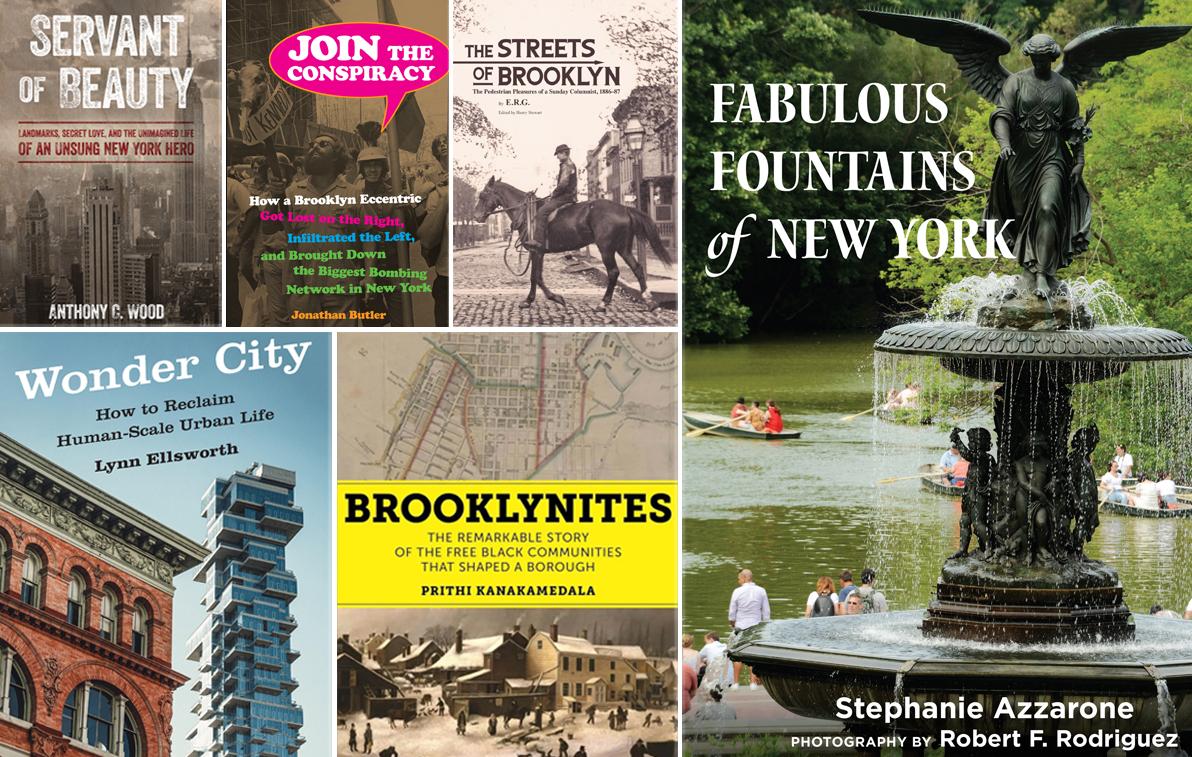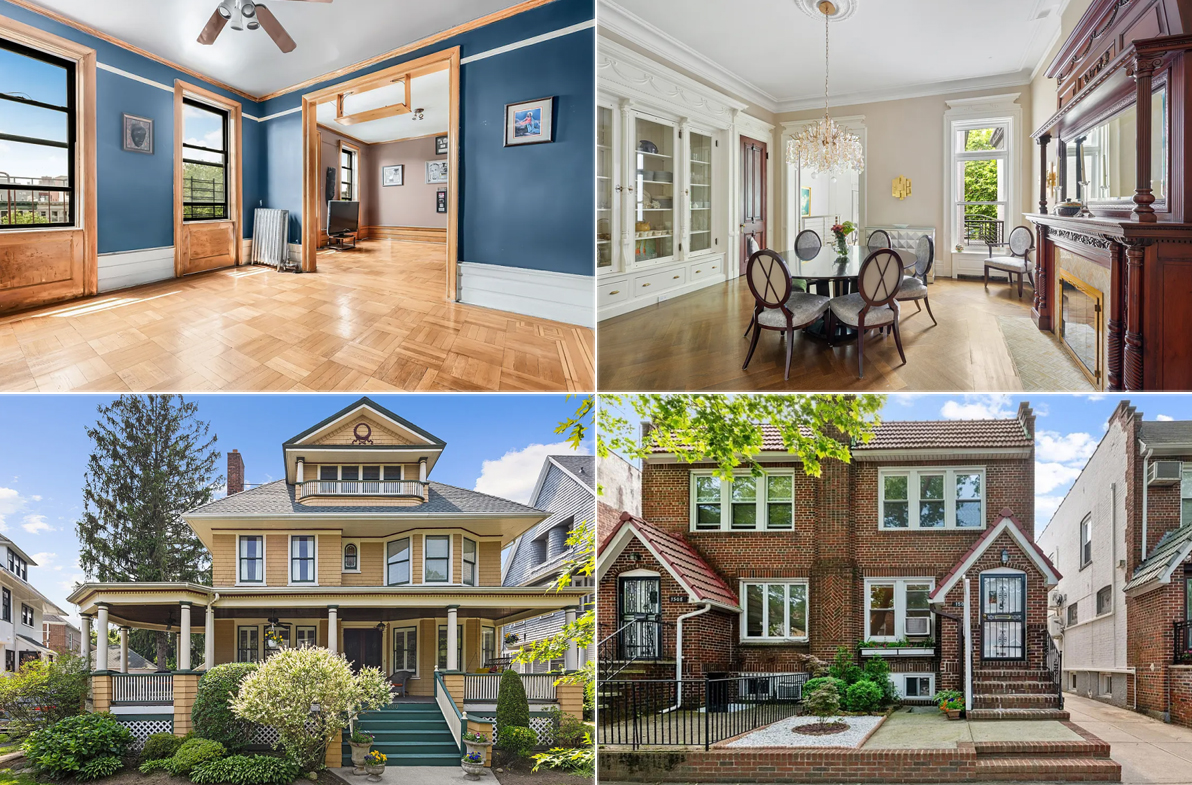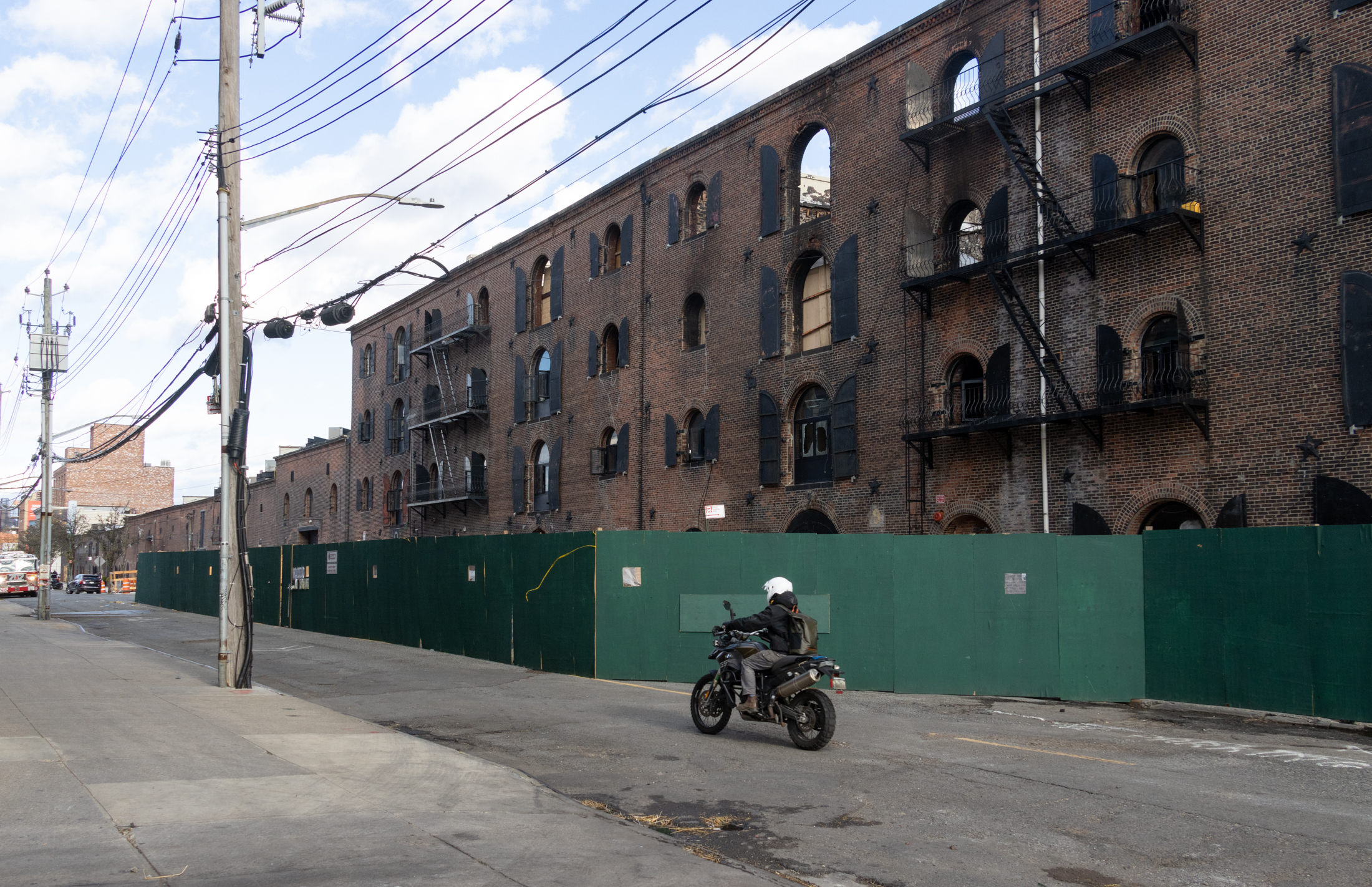House of the Day: 500 Marlborough Road
This new listing at 500 Marlborough Road in Ditmas Park West looks like a lay-up at $1,350,000. The three-story Victorian woodie is in excellent shape as far as the original architectural elements go. (Love those parquet floors!) The bathroom and kitchen also look like they’ve been recently redone in a way that fits with the…


This new listing at 500 Marlborough Road in Ditmas Park West looks like a lay-up at $1,350,000. The three-story Victorian woodie is in excellent shape as far as the original architectural elements go. (Love those parquet floors!) The bathroom and kitchen also look like they’ve been recently redone in a way that fits with the overall vibe of the house. There’s also a shared driveway, to boot. Other than the heating bills, what’s not to like? Is there anything negative we’ve glossed over?
500 Marlborough Road [Mary Kay Gallagher] GMAP P*Shark





I’ll tell you what’s wrong with this house. The fact that they used bathroom tiles on the the kitchen counter. Looks kinda bauhaus, which just does not belong in this house but more so, I hate to think of the bacteria that get in those grout lines. For that alone the sellers should be docked $100,000 and get their right to flip houses revoked.
Ditmas Park which has the distinction of having the largest concentration of Victorian turn-of-the-century homes in the United States.
In Louisville you can browse through the largest contiguous collection of Victorian Homes in the United States. There are over 14,000 houses in Louisville’s Landmarks Districts ranging from a simple three room shotgun house to the 12,000 square foot mansion.. And some of them, like the Thomas Edison House, the Brennan House, the Conrad / Caldwell House, and others, are open for tours.
taq482, I might be wrong, but I don’t think I am. There are victorian homes in cities, towns and rural areas throughout the country. Boston, Philly and DC have very few brownstones. Where else are they?
I find it hard to believe that Ditmas Park has the largest collection of victorian homes in the country. Do you mean the highest concentration within a certain small area? I was just in Westerly, Rhode Island, and I couldn’t count all the victorian houses there were so many.
“Brownstone houses were mass produced by the thousands. They were faced with the cheapest and worst architectural stone ever quarried. they were built on spec by developers in long identical rows. 19th century critics deplored them.”
The 1890 census showed Park Slope to be the richest community in the United States.
Why would they build such crappy homes? (sarcastic)
As far as similar housing stock to Ditmas Park: check out Woodhaven, Forest Park, Kew Gardens and Richmond Hill. These neighborhoods are way out on the J line and hook into the F and E lines on the other end. The writer of “A Tree Grows in Brooklyn” was living in one of these Victorians in Woodhaven at the time she wrote that novel. And before you all go off on me about Queens, realize that Woodhaven Boulevard is where the Ramones and Jack Kerouac once roamed.So don’t even…
On another note I’ve been to Chicago, a great Architectural city, even stopped in a book store devoted to architecture and asked for a book on brownstones. I got a blank look in response. They had nothing. Hadn’t even heard of brownstones. Boston probably has a few neighborhoods of Brownstone and perhaps Philadelphia, I wouldn’t bet on any others. Brownstones are the archetypical New York abode. Sorry, but even the muppets on Sesame Street live in one.
Brownstones or something close to them can be found in any city whose population is relatively dense. Chicago, Boston, Washington DC, Providence, Baltimore….it’s not a big deal. Sure, they’re more “rare” than Victorian homes because people want to live in Victorian homes REGARDLESS of setting. However, such ‘rarity’ is hardly a selling point for brownstones.
4:41: Then what are you doing on this website douchbag?
Drew, I think you are wrong about that. I’d love to have you site a source on that. Ditmas Park, Midwood et al is the largest collection of freestanding Victorian/Colonial Revival (etc) homes in the country & I doubt very much that they outnumber Brownstones.
Brownstones may not have been unique in the 19th century, but they’re unique now. And there is a relatively small number of them whenn compared to the number of freestanding victorian homes in cities and towns throughout the country.